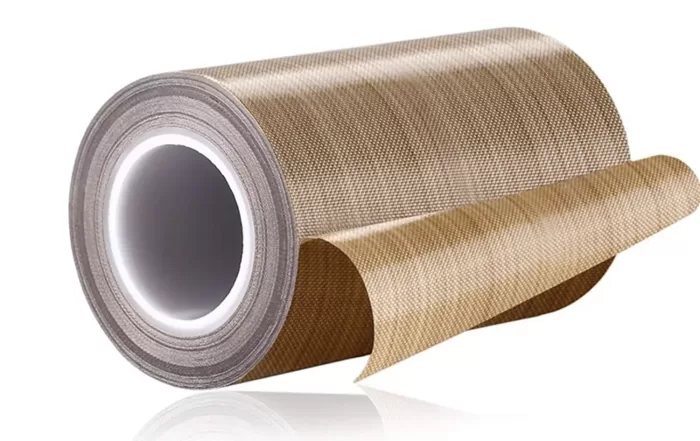Comparing PTFE Self Adhesive Tape with Other Industrial Adhesive Solutions
In the dynamic field of industrial manufacturing, the choice of adhesive solutions plays a pivotal role in the success and efficiency of operations. Among various options, PTFE (Polytetrafluoroethylene) self adhesive tape has emerged as a prominent choice due to its unique properties.
Overview of PTFE Self Adhesive Tape
PTFE self adhesive tape, often associated with the brand name ‘Teflon’, is renowned for its outstanding non-stick properties, resistance to high temperatures, and chemical inertness. It comprises a PTFE film coated with a layer of silicone adhesive, making it an ideal solution for a wide range of industrial applications, from automotive to aerospace.

Comparative Analysis
Let’s compare PTFE self adhesive tape with other industrial adhesives across several key parameters:
| Feature | PTFE Self Adhesive Tape | Rubber-Based Adhesives | Acrylic Adhesives |
|---|---|---|---|
| Temperature Resistance | Excellent (up to 260°C/500°F) | Moderate | Good (up to 180°C/356°F) |
| Chemical Resistance | High (Chemically inert) | Low | Moderate to High |
| Non-Stick Properties | Excellent | Poor | Poor |
| Durability and Wear | High (Resistant to wear and tear) | Moderate | High |
| Ease of Application | High (Easy to apply and reposition) | Varies | Varies |
| Cost-Effectiveness | High (Long-term savings) | Low to Moderate | Moderate |
| Typical Applications | Heat sealing, electrical insulation, etc. | General bonding, packaging | Automotive, construction, outdoor usage |
In-Depth Comparison
1. Temperature Resistance:
- PTFE Tape: Exceptional performance in high-temperature environments makes it suitable for applications involving extreme heat.
- Rubber-Based Adhesives: Not suitable for high-temperature applications.
- Acrylic Adhesives: Good heat resistance but not as high as PTFE.
2.Chemical Resistance:
- PTFE Tape: Its inert nature makes it an excellent choice for chemical processing environments.
- Rubber-Based Adhesives: Susceptible to chemical degradation.
- Acrylic Adhesives: Better than rubber but not as resilient as PTFE.
3.Non-Stick Properties:
- PTFE Tape: Unmatched non-stick properties, ideal for applications requiring clean release.
- Rubber-Based and Acrylic Adhesives: Generally lack non-stick features.
4.Durability and Wear:
- PTFE Tape: Highly durable, suitable for demanding industrial conditions.
- Rubber-Based Adhesives: Moderate durability, susceptible to wear.
- Acrylic Adhesives: Durable but can be affected by UV exposure.
5.Ease of Application:
- PTFE Tape: Its self-adhesive nature facilitates easy application.
- Other Adhesives: Application ease varies; some may require specific conditions or equipment.
6.Cost-Effectiveness:
- PTFE Tape: Higher initial cost but offers long-term savings due to durability.
- Other Adhesives: Might be cheaper upfront but may incur higher long-term costs due to replacements.
PTFE self adhesive tape stands out in several key aspects, particularly in high-temperature and chemical resistance, durability, and its unique non-stick properties.
While its initial cost might be higher compared to other adhesives, its long-term benefits justify the investment, making it a highly cost-effective solution for a range of demanding industrial applications. The choice of adhesive should, therefore, be based on the specific requirements of the application, keeping in mind the long-term operational efficiency and cost implications.




